The Blair Witch Project (1999)
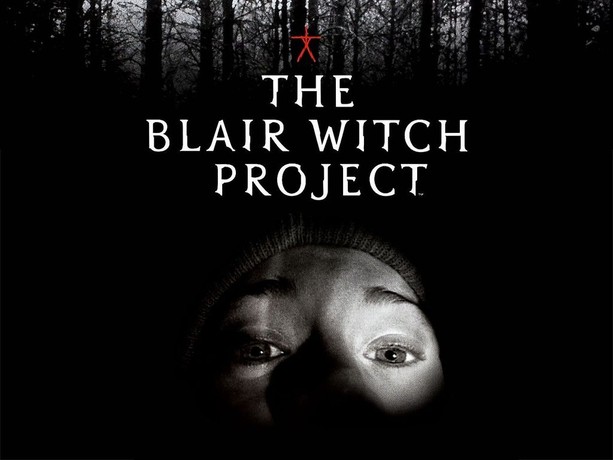
The Blair Witch Project (1999)is a pioneering found footage horror film directed by Daniel Myrick and Eduardo Sánchez. It became a cultural phenomenon, known for its innovative approach to filmmaking, effective use of suspense, and viral marketing campaign. The film’s low-budget, raw style added to its authenticity, making it one of the most profitable independent films of all time.
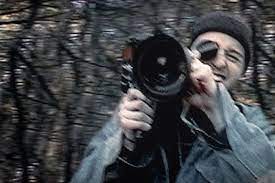
The story follows three student filmmakers—Heather Donahue, Michael C. Williams, and Joshua Leonard—who venture into the Black Hills near Burkittsville, Maryland, to make a documentary about the local legend of the Blair Witch. According to the legend, the Blair Witch is a malevolent spirit that has haunted the woods for centuries, responsible for the disappearance of numerous children and other mysterious events.
**”The Blair Witch Project”** is particularly effective because of what it leaves unseen. The film never shows the witch or any explicit supernatural events, relying instead on the power of suggestion and the characters’ growing fear. This ambiguity allows the audience’s imagination to run wild, making the horror more personal and psychological. The lack of special effects and the naturalistic performances of the actors add to the film’s unsettling realism.
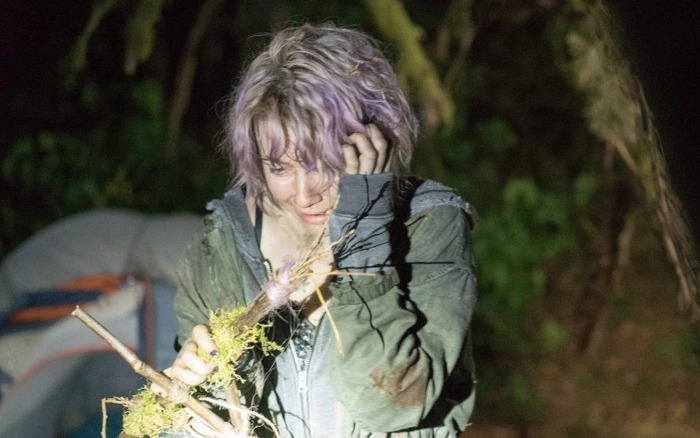
The film begins with the trio interviewing townspeople who share various stories and theories about the Blair Witch. Armed with their cameras, the students hike into the woods to find evidence of the supernatural. As they delve deeper into the forest, strange occurrences begin to unsettle the group. They find eerie stick figures hanging from trees, small cairns, and hear mysterious noises at night.
The film’s tension builds as the group becomes increasingly lost and disoriented. Their map goes missing, they start walking in circles, and their food supply dwindles. The psychological strain begins to take its toll, leading to arguments and paranoia. The relentless sense of dread is heightened by the fact that the audience only sees what the characters capture on their handheld cameras, creating a claustrophobic and immersive experience.
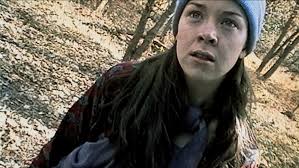
As the days pass, Josh disappears, leaving Heather and Mike in a state of panic. They eventually hear Josh’s agonized screams in the distance and follow the sound to an abandoned house deep in the woods. Inside, they find disturbing symbols and bloody handprints on the walls. The film reaches its terrifying climax when Mike runs into the basement and the camera falls to the ground, capturing the final moments from Heather’s perspective as she screams before the screen cuts to black.
The abrupt, ambiguous ending left audiences with many unanswered questions, contributing to the film’s enduring mystery and impact. **”The Blair Witch Project”** was marketed as a true story, with the filmmakers presenting the footage as authentic, which fueled the film’s mystique and added to its success. The viral marketing campaign, which included a website detailing the Blair Witch legend and missing person posters of the actors, blurred the line between fiction and reality, drawing viewers into the film’s world.
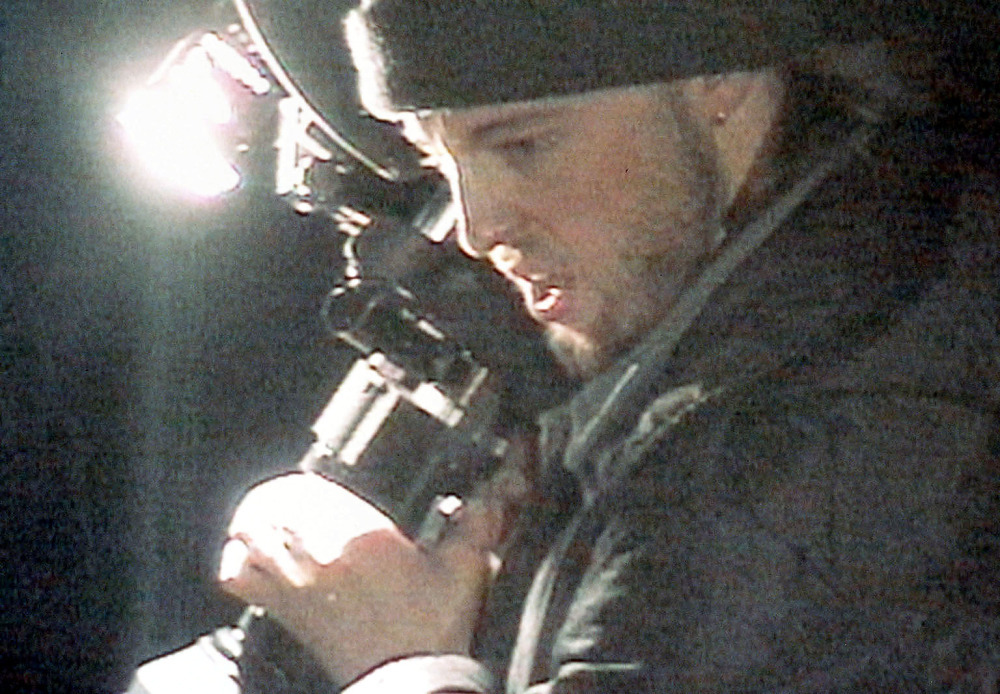
The film’s minimalist approach to horror, focusing on atmosphere, character dynamics, and the fear of the unknown, influenced a generation of filmmakers and helped popularize the found footage genre. Its success demonstrated that effective horror doesn’t require elaborate special effects or big budgets—just a compelling story and a keen understanding of how to manipulate audience expectations.
**”The Blair Witch Project”** grossed over $248 million worldwide on a budget of around $60,000, making it one of the most successful independent films in history. The film’s legacy endures as a landmark in horror cinema, not just for its groundbreaking style, but also for its exploration of the power of fear, both in what we see and, more importantly, in what we don’t see.











